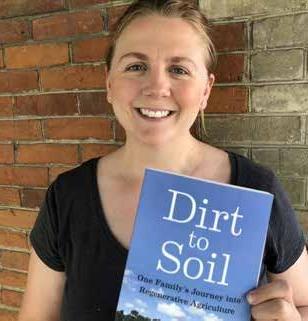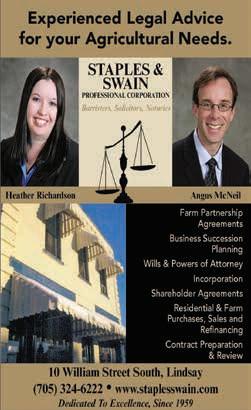JUST IN TIME
The Silent Treatment
}} Uncovering Racism in Local History SMASH! A chunk of ice sails through the glass of the Chuong Sun Laundry in downtown Lindsay as belligerent, racial slurs echo from one side of the street to the other. CRASH! A young man armed with a brick obliterates another window as the crowd about him thunders with approval. More vituperative, racist rumblings erupt into a roar of hate as whatever projectiles rioters can gather from the street are lobbed into the aforesaid laundry, above which laundryman Lee Ten Yun hides. By the wee small hours of February 1, 1919, the vandals’ victims included not only the Chuong Sun Laundry, but also a restaurant and another business operated by members of Lindsay’s Chinese community. According to the local rumour mill, Lee Ten Yun had been mistreating his wife, Lin Tee, whom local physician Dr. Olive Ray believed was suffering from mental illness. Lin was arrested on the charge of insanity, brought about by a criminal justice system that wished to keep an individual from harming themselves or someone else through no fault of their own. But those wreaking havoc in downtown Lindsay that winter night 101 years ago believed that it was her husband who ought to have been placed in custody. Widespread popular opinion in Canada at the time held fast to ideas that Chinese men were dangerous, psychopathic sexual predators. (As historian Joan Sangster points out, these suspicions against Chinese men often “ ... centred on their supposed roles as pimps and drug pushers”). It was against this backdrop that Lindsay’s infamous race riot played out. A more detailed analysis of the story can be found in Lisa R. Mar’s essay “The Tale of Lin Tee: Madness, Family Violence, and Lindsay’s Anti-Chinese Riot of 1919” in the anthology Sisters Or Strangers: Immigrant, Ethnic and Racialized Women in Canadian History, but the story is all but absent from the “authorized versions” of local history. Dr. Watson Kirkconnell’s 1967 County of Victoria Centennial History makes
IAN McKECHNIE Writer-at-large
no mention of it, nor does the building once home to the Chuong Sun Laundry appear in Bless These Walls, a pictorial account of Lindsay’s built heritage first published in 1982 and revised in 2000. More’s the pity. When discussing the difficult topic of cultural and racial discrimination in Kawartha Lakes and its predecessor Victoria County, the authorized versions of local history — books published under the auspices of municipal governments and related bodies — leave a great deal to be desired. In fact, they have often perpetuated stereotypes in their retelling of history. Consider, for instance, Dr. Kirkconnell’s Centennial History, with its problematically titled eighth chapter: “Annals Of The Red Man.” Kirkconnell devotes 17 pages to Indigenous history halfway through the book, and his choice of language
40
www.lindsayadvocate.ca





